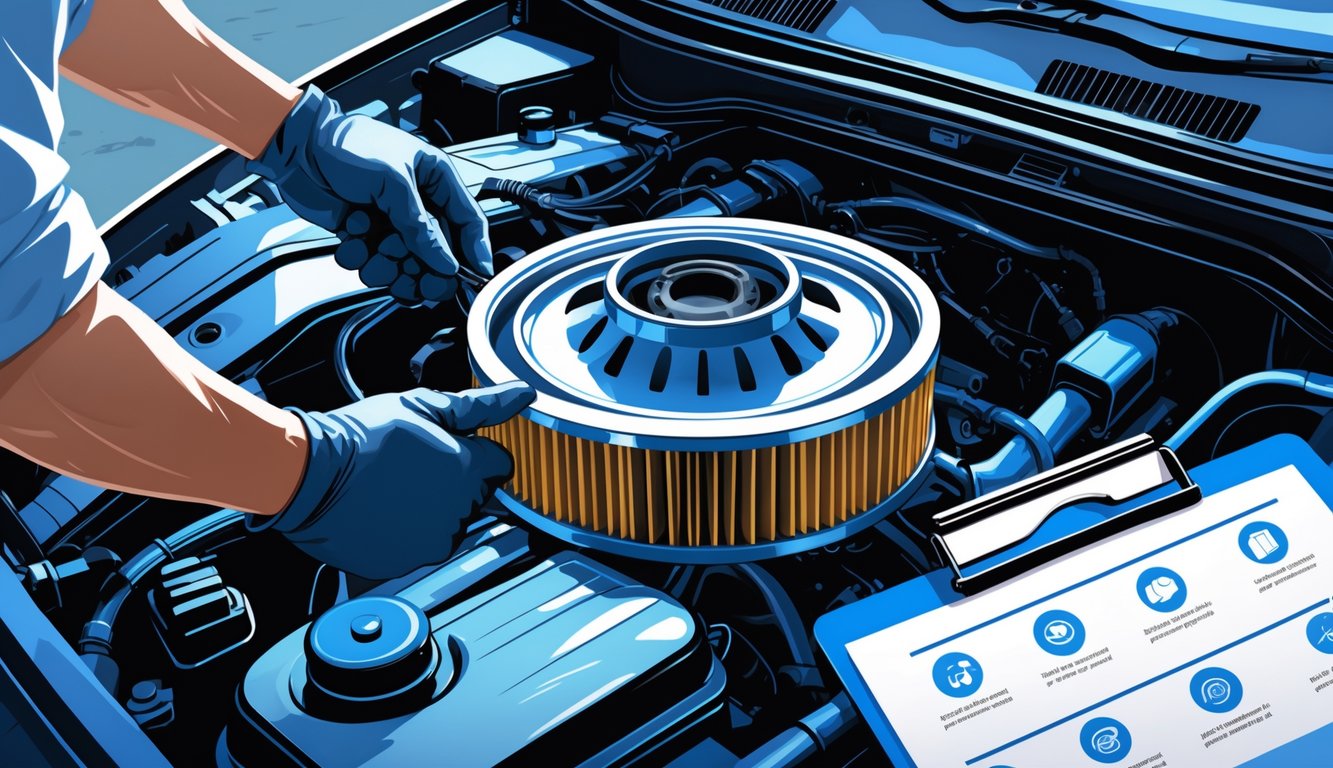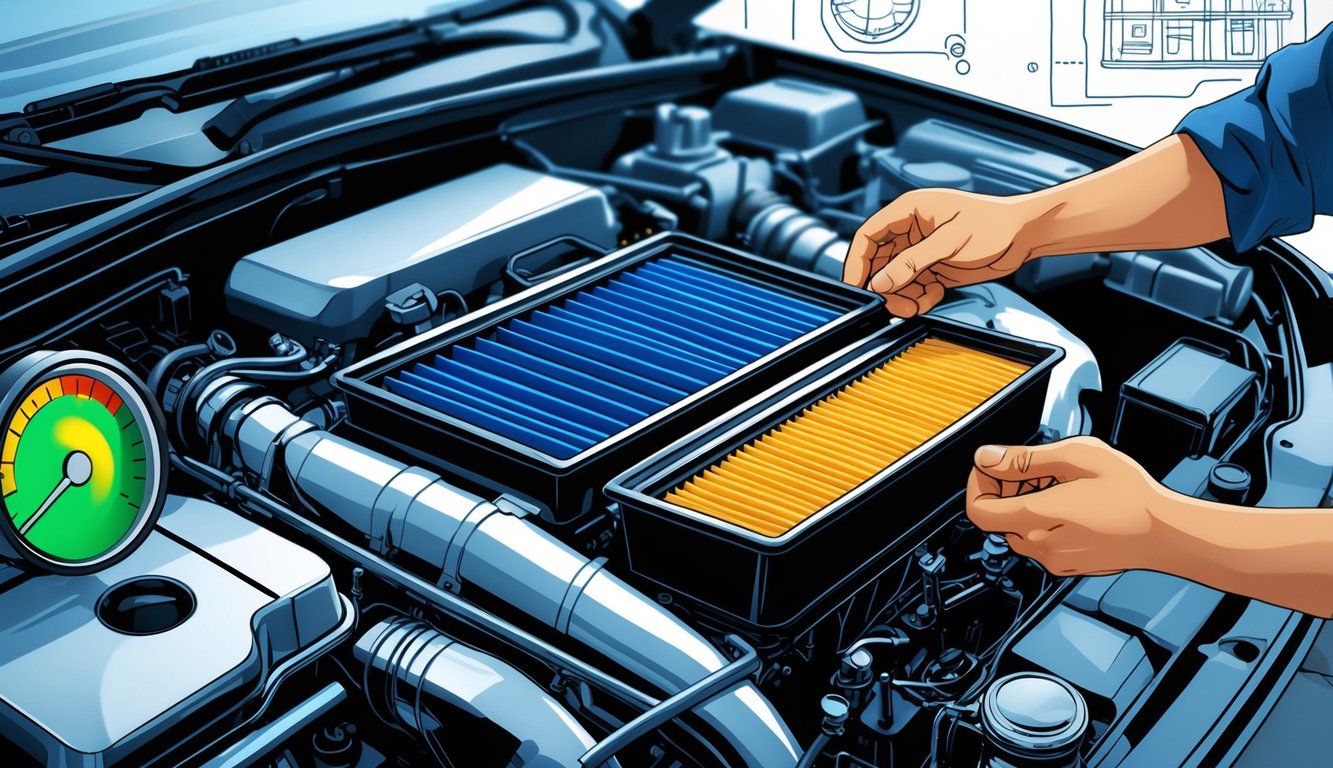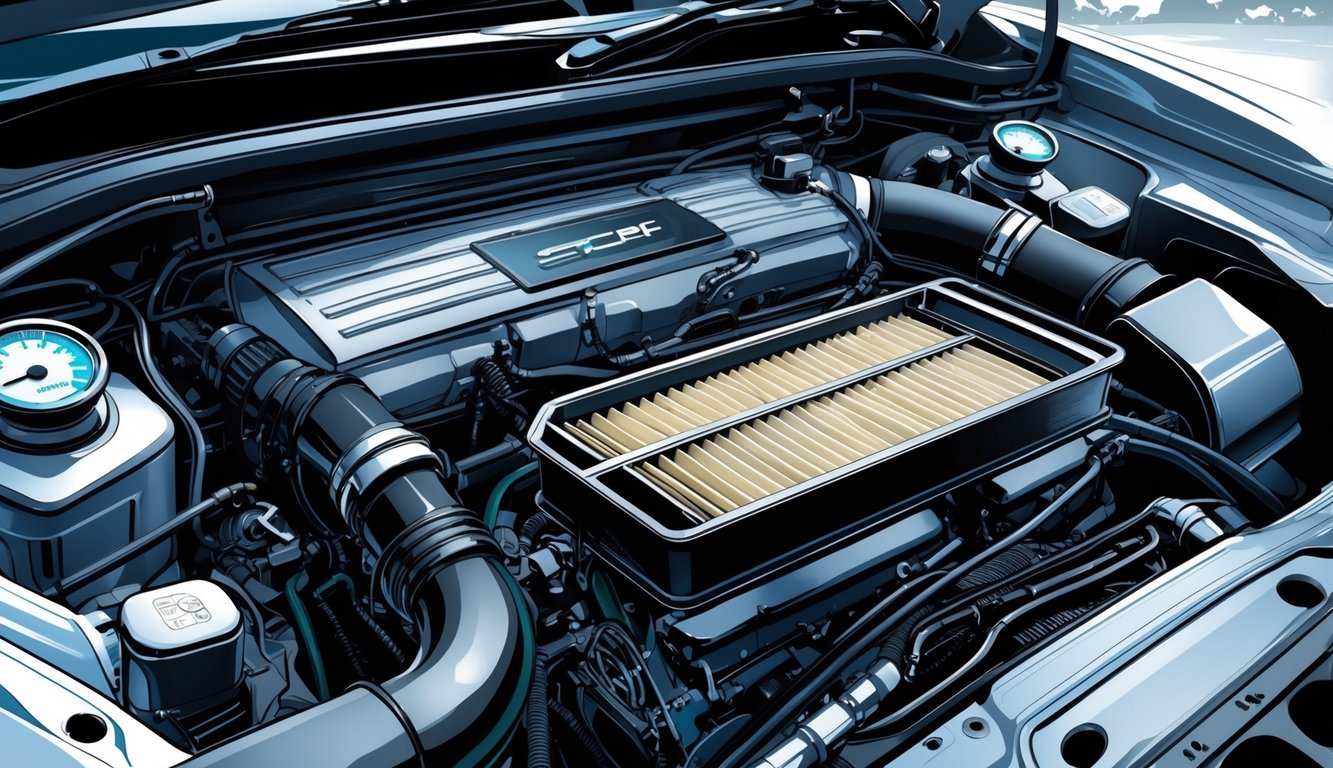
Understanding Different Types of Air Filters
I keep a pile of old receipts in my glovebox and, honestly, picking the right air filter is way more important than any free coffee punch card. People act like you can just grab any filter and call it a day, but that’s how you end up with a car that wheezes through traffic and drinks gas for fun.
Engine Air Filter vs. Cabin Air Filter
Whenever the check engine light blinks, I’m thinking about the engine air filter—not the brakes, not the oil. Weird how skipping this one thing makes the ECU dump more fuel just to keep idling. Clogged filter, weak combustion, garbage mileage. Oh, and you lose horsepower, but I only notice that when the pedal feels like I’m stepping into mashed potatoes.
Cabin air filter is a different beast. It’s supposed to keep the air inside clean, but if you ignore it, you’re basically breathing through a dust bunny. I’ve seen one stuffed with leaves and receipts. Gross. And yet, nobody replaces it until the AC smells like wet socks.
Choosing a High-Quality Filter
So, you buy a “premium” filter at a discount store and expect your car to run like new? Please. Cheap ones fall apart, and some of those “performance” oiled cotton types? Tried those. If you don’t re-oil them right, dust sneaks through and trashes your engine.
Paper filters are everywhere, but they’re not all the same. Some have double layers, some don’t. I’ve seen my MPG tank by 10% from a bad filter, then jump back up after a swap—so those numbers aren’t made up. The owner’s manual is usually right, even if my neighbor insists otherwise. Why do I even listen to him?
OEM Requirements and Aftermarket Options
I used to think aftermarket meant “better.” Turns out, nope. Some brands—looking at you, Chevy and Mazda—use weird filter shapes, so generic ones never fit right. I’ve had discount filters with gaps around the edges, which is just asking for trouble. Next thing you know, the car idles rough and the throttle lags. Dealerships love calling these “ghost codes.” Translation: more money for them, more headaches for me. Aftermarket filters can work, especially for dusty driving, but only if they actually fit your car. I’ve watched mechanics argue about filters for ages, then just use the cheapest one anyway. So much for expertise.
The Role of Filter Maintenance in Engine Life

Nobody teaches you this at the dealership, but skipping air filter swaps is basically just pouring money into the gas tank. Engine life? It’s not luck. It’s boring habits, like actually checking the filter, that make a difference. Not that I always remember.
Regular Replacement Schedules
I used to glance at the manual and think, “Yeah, later.” Then I found out a clogged filter can spike gas use by 10%. CarMD’s 2023 index had me spiraling—how much money did I waste? More airflow restriction, less power, and suddenly those cheap filters don’t look like a bargain. ASE techs say 12,000 to 15,000 miles for mainstream cars, but if you’re driving through dust? Probably sooner.
Shops always try to upsell premium filters, but honestly, skipping replacement is way worse than spending an extra twenty bucks. Engine performance drops fast, especially when I’m trying to merge and the car just says “nah.” Setting a phone reminder is the only reason I remember now.
Best Practices for Filter Maintenance
Nobody wants to get shamed by a mechanic for a filter full of leaves and bugs, so I just shine a flashlight through it—if no light gets through, it’s done. I vacuum around the housing, too, so the new filter doesn’t get trashed immediately.
Pairing filter checks with oil changes keeps things running smooth. A Hyundai engineer at some ASA clinic said it helps emissions and saves fuel, and I guess I believe him because I’m not paying extra for “miracle” additives. Blocking off fifteen minutes every month to check the filter? Not glamorous, but it saves money and hassle. Skipping this stuff just means invisible damage piles up, and then you’re stuck with a bigger bill.
Air Filters and Emissions Control

Gas mileage tanked? It’s not always spark plugs or tire pressure. Turns out, air filters have a sneaky role in emissions too. Mess with airflow and suddenly your car’s polluting like an old city bus. Love that for everyone.
Reduced and Increased Emissions
No one at the dealership ever mentioned this, but apparently a clean air filter actually cuts emissions. NAPA says that if airflow gets restricted, your car burns more fuel. Because of course it does. Clogged filters can boost emissions by 14%—which is just wild. My mechanic rattled off that stat once, and I almost tried to MacGyver a new filter out of paper towels. Not my best idea. Maintenance intervals of 15,000 to 30,000 miles aren’t just made up; AAA repeats it like a broken record (20 Most Overlooked Car Maintenance Tasks).
Ignore it, and you’re just paying more to pollute. My neighbor asked why my car smelled weird at idle. Pretty sure it was the filter. Performance tanks, emissions spike; PCV valve might get wrecked too (NAPA Auto Parts), and then you’re stuck at the pump even more.
